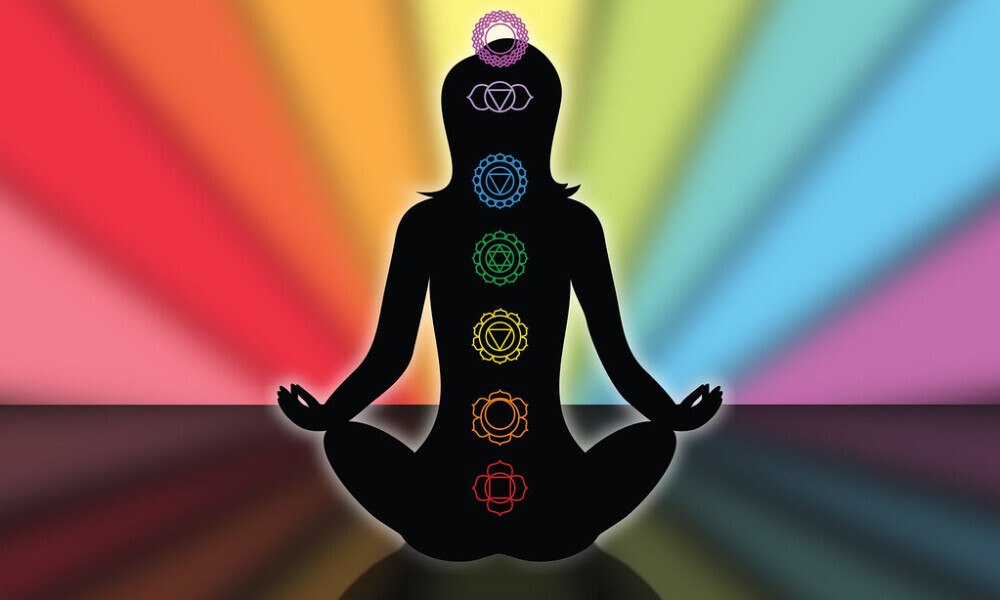Breaking Bad Habits: 7 Steps To Create Positive Change
Breaking a bad habit can feel like trying to untangle a set of headphones in a dark room. Frustrating? Yes. Impossible? Absolutely not. The good news is that habits—both good and bad—are learned behaviors, meaning they can be unlearned and replaced with something better. In this blog, we’ll explore why bad habits cling to us … Read more










